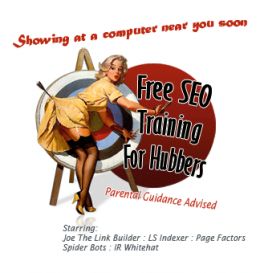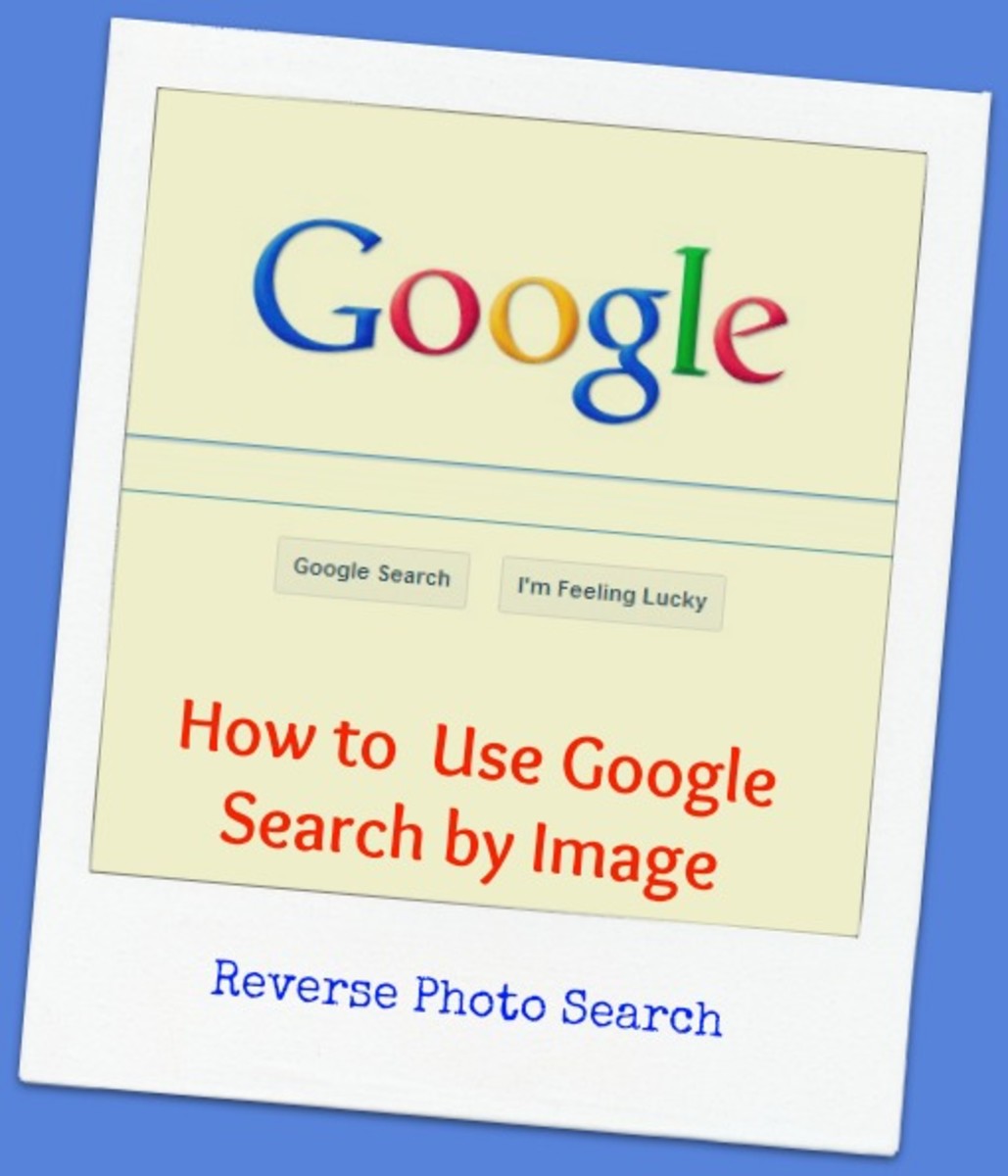Competitor Research and Analysis

A Brief Introduction to Competitor Research and Analysis
This unit covers competitive research and analysis. Competitive analysis is essential if you wish to carry out effective search engine optimization of your web pages.
After completing this unit, you should be able to:
- Locate competitors’ websites
- Determine the level of online competition for your product or services and whether there is a viable online market for your product.
- Determine whether competition is too fierce for a given keyphrase (or not), and whether you have to revise your keyword strategy and target less competitive keyphrases.
- Determine quantity and quality of external links you need for your links campaign in order to compete with other leading sites.
This unit assumes (but does not demand) that you have read the last unit of this course on Keyword research and understand how to a select and refine a list of keywords in response to search engine competition.
8.1 Competition
In this context, the competitors you face are the people who rank highly in search engine results for the same or similar products or services that you offer.
8.1.1 Why Competition Research is important
Competition analysis is an essential part of the search engine optimization process. In order to succeed in online marketing and gain a higher ranking for your product in search engine results, you need to assess the state of the online market for your product and gain some idea of who your leading competitors are. By doing this, you
- Get a better idea of the market for, and the viability of, your product or services.
- Gain a better idea of the audience you should be targeting
- Gain a sense of the level of optimisation required for your site.
If, on the other, hand you fail to assess your market in the correct manner, you run the risk of :
- Being outstripped by your competitors in terms of search engine rankings
- Attempting to sell a product that is not viable
- Applying the wrong level of optimisation to your site
8.2 Competition Analysis
In the last unit of the course, we looked at how competition impacts upon your choice of keywords. Competition analysis can be considered a further essential stage of research to augment and complement your keyword research. As well as giving you a better idea of the keywords you should be targeting, analysis of your competitors’ web pages gives you a much better idea about the condition of the market you are entering and the level of optimization required for your own site.
8.2.1 When to Research Competition?
As in keyword research, the best time to analyze competition is before you actually design your web site. This is because you will have to make decisions about site content and the level of optimization on your pages in direct response to competitor’s web pages.
- Finding Competitor’s sites
- Refining your search
- Assessing Page Rank
- Assessing Level of Optimisation
8.3 Finding and Analysing Competitors’ Web Pages
The most basic way of finding competitors’ sites is to enter one of your targeted keyphrases into one of the major search engines. This will show you the leading sites that already rank highly for the keyphrases you are targeting.
The scope of any competitive analysis will vary according to industry and your specific goals, that said, most online competitive analysis does have some common themes. Below are a few that nearly always make the competitive analysis list:
8.3.1 Search Engine Visibility:
Type your main keywords into Google, Yahoo, Bing, ASK and AOL. This gives you a good idea of who your main competitors are and by comparing the number of top 30 rankings can give you a sense of your keyword market share.
Note: At time of writing Yahoo and Bing show different results based on their own proprietary ranking algorithms. It should be noted that at some point during 2010 Yahoo will switch to showing results from Bing.
8.3.2 Domain Age:
The age of a domain is one of many factors that can skew the way search engines determine authoritativeness and trust. However, there is much speculation in the SEO community that domain age is calculated from the date the domain was first indexed rather than the date it was registered. In essence, the longer a domain has been indexed and remained active without interruption, the more value it receives from search engines.
There are a few online tools that will check the age of your competitors' domains, however this is calculated from when the domain was registered not when it was first indexed.
http://www.seologs.com/dns/domain-check.html
Another resource that can shed some light on the age of a domain is the Wayback Machine. The Wayback Machine will let you browse the content of billions of web pages as they appeared as far back as 1996. As well as historical snapshots that let you see how a website developed over time It will also give you a good idea of the date the domain was first indexed.
http://www.archive.org/web/web.php
8.3.3 Site Traffic:
It is impossible to be precise when comparing site traffic unless you have direct access to your competitors' analytics, however Compete.com offer a service that provides some valuable insights into kind of online traffic competitors are receiving. Compete.con offer both paid and free services but the free service only offers limited information.
http://siteanalytics.compete.com/
8.3.4 Inbound Link Quality:
Using Raven Tools you can determine the number and quality of back-links for a given domain or page within that domain.
8.3.5 Anchor Text: (A Holistic viewpoint)
The quality of an inbound link is primarily based on anchor text i.e. does the anchor text contain the target keywords, synonyms or semantically related terms of the page it points to. Also one should take into account the linking page as a whole and look at the page title, URL, inbound link quality, the context of the page and theme of the linking website as a whole.
Contextual links, that is links that are positioned within the copy of the page, carry more weight than footer links. Similarly links within a blog posts carry much more weight than blog comments or forum signatures.
There are a few free online tools that let you examine the anchor text of competitors inbound links, one such tool can be found at http://www.webconfs.com/anchor-text-analysis.php. Although free, this type of tools is incapable of scouring the web and finding every link that points to your competitors’ pages and therefore delivers only a partial picture of what is happening at the anchor text level. However, for websites competing in markets or niches where competition is low this may be all that is needed.
If you require more in-depth link and anchor text analysis both majesticseo.com and seomoz.org offer services often used by SEO professionals.
http://www.majesticseo.com
http://www.seomoz.org
8.3.6 Meta Tags:
Although search engines no longer consider meta tags important they are still useful as far as competitive analysis is concerned. For example many sites incorporate site search as a navigation aid and it is not uncommon that these tools make use of the meta keywords tag for their own internal search purposes.
Meta descriptions when considered along with the page titles can help you determine how competing sites are attempting to differentiate their services, products and offers. The page title – page description couplet can also bring to light effective calls to action designed to encouraging click through from search engine results pages.
8.3.7 Index Saturation:
Index saturation refers to the number of web pages that a search engine has index from a given website. Google provide the site: advanced operator which lets you see how many of your pages and those of your competitors’ have been indexed:
site:yourdomain.com (includes every page from the site and all sub-domains)
site:www.yourdomain.com (restricts results to the www sub-domain of the site)
site:news.yourdomain.com (restricts results to the news sub-domain of the site)
When checking competitor sites it is important to specify the correct URL, if for example if you are interested in analysing news.competitordomain.com querying Google with site:www.competitordomain.com will return the wrong results.
Note: Search engines treat the main domain and each sub-domain as different websites.
If you are looking at a competitor who has thousands of pages indexed and you have only ten or so, search engines are going to see the larger site as the better resource to send their users to. If the competitor site uses your target keyword in the main navigation of every page, the page that those links point to is already receiving a big boost as far as inbound links and relevant anchor text is concerned.
8.3.8 Analyzing Paid Search Campaigns:
There are a crop of online competitive intelligence applications that provide valuable data about competitors' PPC keywords, ad creative’s, daily budget, bid prices, clicks/day, and other interesting PPC facts & figures. The market leader is this area is probably Spyfu.com.
A word of caution, none of these tools accurately report an ad spend. That said, gaining access to the PPC data and information regarding niches and keywords that your competitors are targeting (or testing) is extremely useful.
8.4 Conclusion
Search engine optimization is not just about paying close attention to your own web pages; it is also about understanding them in relation to other websites that are similar to yours in terms of the products and services they provide. In order to optimize your site effectively, you have to understand that a high position in search engine results is relative to the position of other websites, some of which may currently have better optimization, more links, or higher PageRank than your own site. Your position in search engine results is also dependent on other websites, which means that as well as on-page factors such as your HTML code, you also have to take account of other off-page factors such as the links pointing to your site.
Course Index
01: A Free SEO Training Course For Hubbers
04: An Introduction to Search Engines
05: Search Engines and Latent Semantic Indexing
07: Keyword Research
08: Competitor Research (You Are Here)
11: On Page SEO Part 2 - Introduction To Quality Signals
Related SEO Hubs And Articles
Competitor Analysis for SEO with Ross Dunn
Related Reading
- Online Competitive Analysis Tested
At MarketingExperiments.Com, researchers test marketing programs to see if they really work. The site features unbiased data on: pay search engines, free-for-all link programs, ezines, web awards, free classifieds, affiliate programs, banner ads etc.








